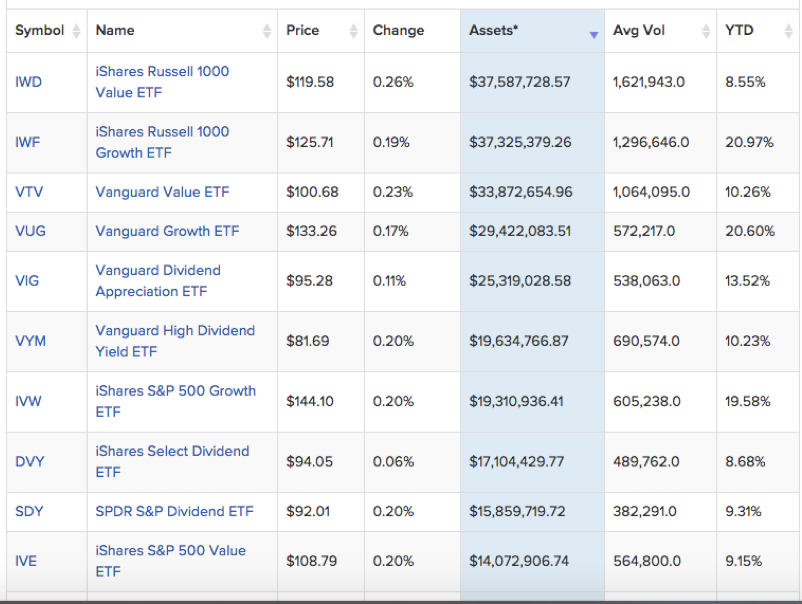![]() By Astor Investment Management
By Astor Investment Management
There has been so much talk lately about “smart beta,” it’s easy for investors to be confused. Beta is a measure of whether an investment is more or less volatile (i.e. “risky”) than the overall market. Pursuing “smart beta” means trying to achieve returns that are commensurate with the overall market at a comparatively low cost, such as by using ETFs. So how can investors capture smart beta?
- ETFs that are not market-cap weighted can be an efficient way to capture beta rather than simply replicating an index.
- Smart beta ETFs (OUSA, IWD, IWF for example) are created by apply certain “rules” to a universe of stocks—e.g., identifying stocks that are low volatility, have dividends higher than X percent, are classified as growth (or value) stocks, etc.
- Applying these rules (known as “factors”) is not a new strategy; it’s been done in mutual funds for years to create funds that fit within specific “style boxes.” Now, this strategy is being applied in ETFs, allowing investors to pursue smart beta, while gaining the transparency, liquidity, and cost-efficiency associated with ETFs.
At Astor, we use “smart beta” ETFs as we construct portfolios using our fundamentally driven approach. Based on the prevailing economic trend, as determined by the Astor Economic Index®, we increase or decrease equity (beta) exposure in our portfolios as we pursue our objective of deliver smoother, solid returns across the economic cycle.
This is a list as of 10/4/17 of the Top 20 Smart Beta ETFs traded in the USA which are currently tagged by ETF Database. Please note that the list may not contain newly issued ETFs.

* Assets in thousands of U.S. Dollars.
This article was written by the team at Astor Investment Management, a participant in the ETF Strategist Channel.
Source: http://etfdb.com/themes/smart-beta-etfs/
